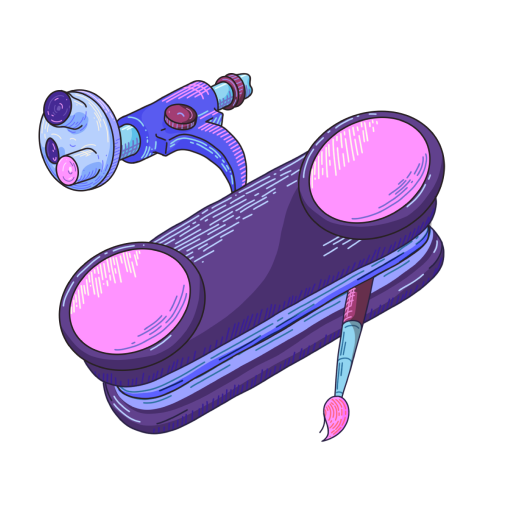The Coin of
kanishka
you can touch the artefact here
you can touch the artefact here


Is the first gold currency issued in India, in the time of the Kushana empire, by the king Kanishka.
-
What am I
looking at?A coin showing the Kushana king, Kanishka.
-
Did someone have this made?
Kings of the Kushana empire issued many coins to gain control over the vast lands they occupied.
-
How old is this coin?
This coin was minted between the 1st and 3rd century CE, and thus is over 1800 years old!
-
What is it made of?
The coin is made in gold, a valuable item in the day, weighing around 8 grams.
KNOW MORE
-
1
Engraving of King Kanishka of Kushana
-
2
Greek script; 'Shao Nano Shao Kananshki Koshano'
-
3
Engraving of the solar deity, Mithra
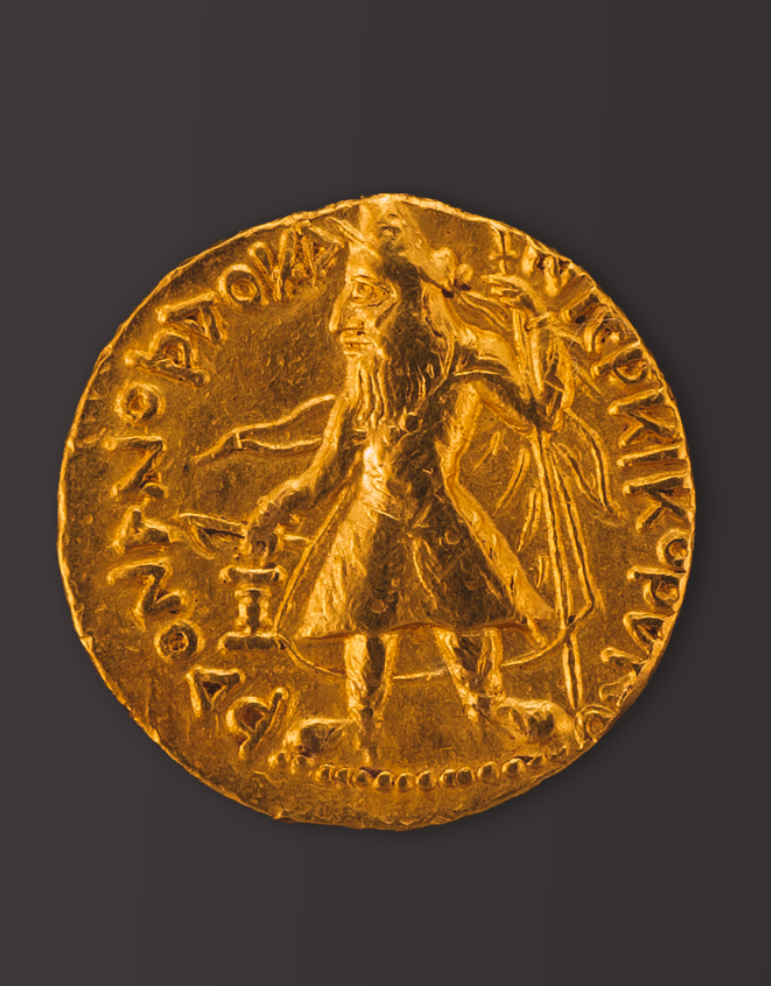

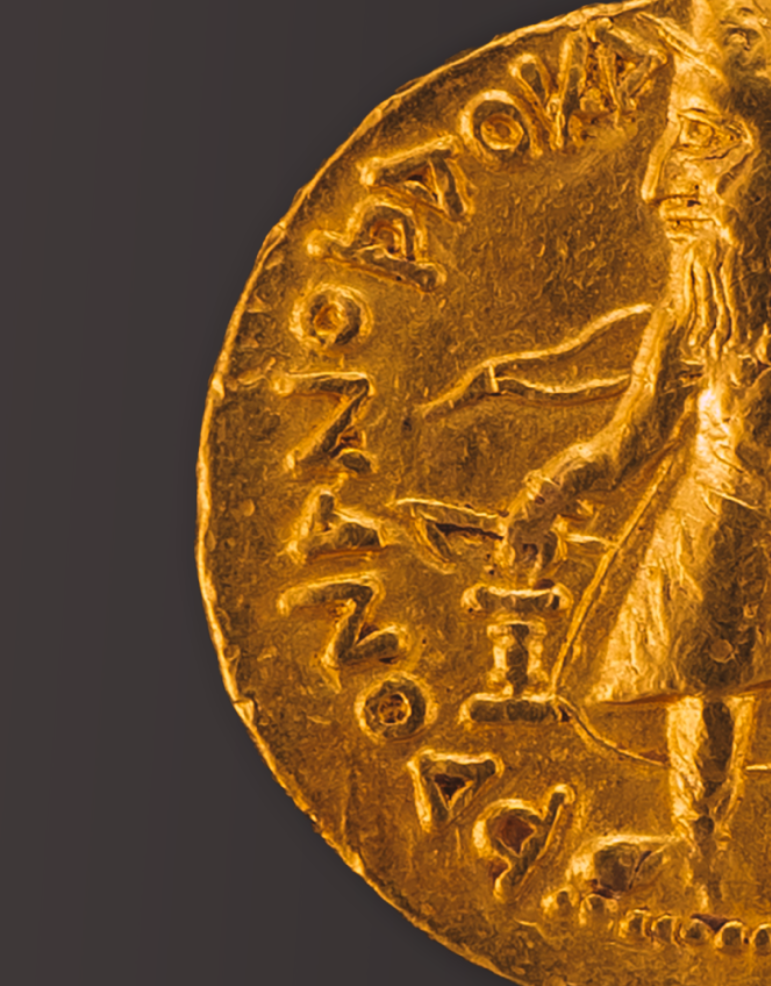
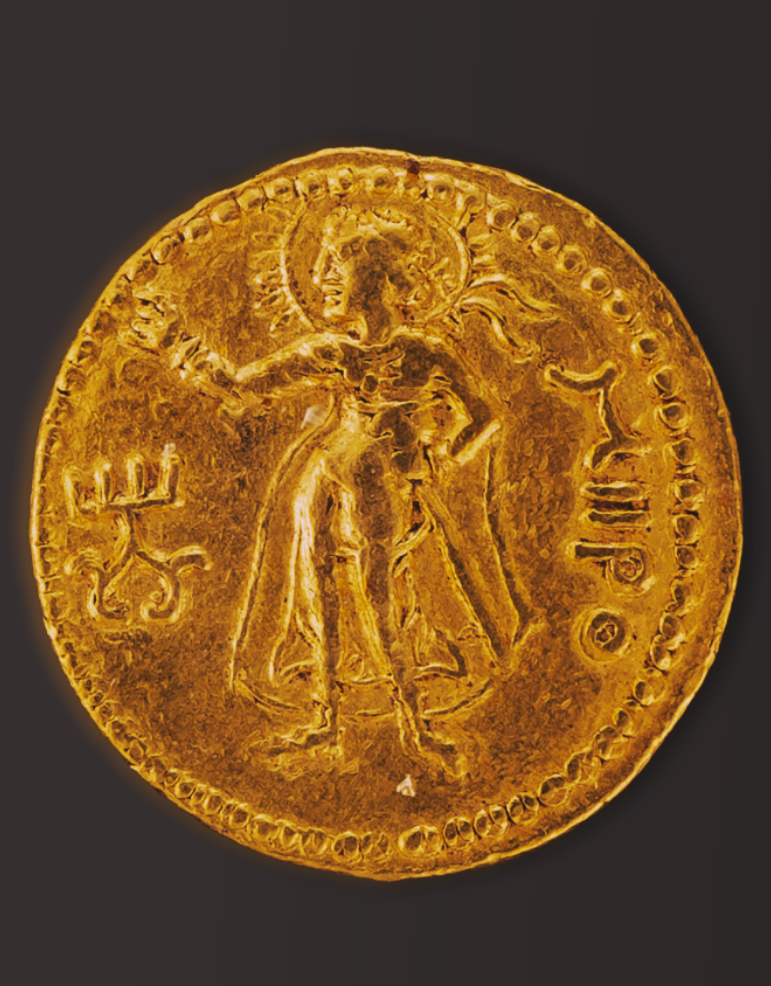
On this coin, on one side the crowned king stands holding a spear. Written in Bactrian language in the Greek script, it says, Shao nano Shao Kanenshki Koshano (King of Kings Kanishka Kushana).
On the other side, the solar deity Mithra (Miiro) stands, holding out her hand in blessing. Her name is also written.
Hidden Fact
In its early years, the Kushana empire followed Greek religious ideas. The Greeks used to make coins with their king’s face on one side, and a god’s face on the reverse. This would make the people equate the king with the god, and stay obedient.
And
did you
know...
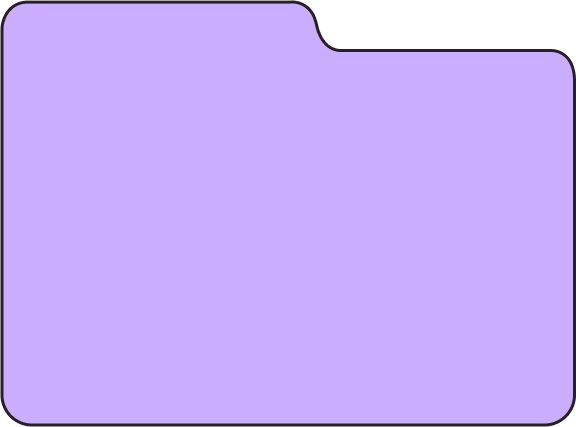
CHINA
Kushanas were a nomadic tribe who came from ancient China, all the way to Central Asia and then India. The ruled over a vast land — modern-day Afghanistan, Pakistan and northern India, up to the Ganga.
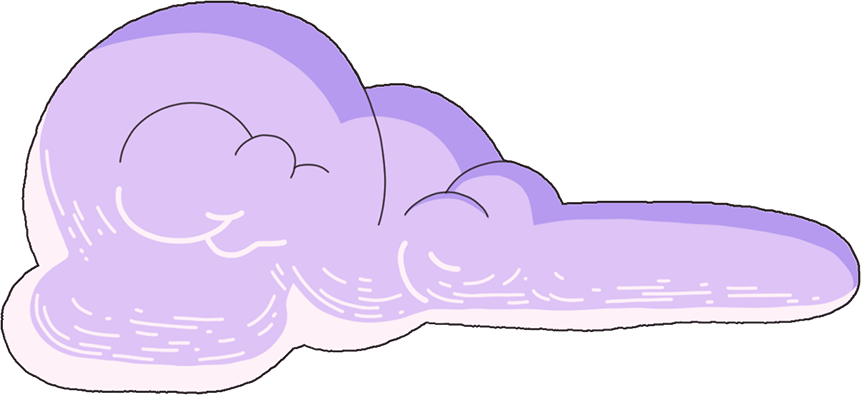
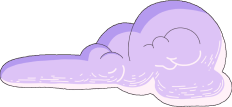






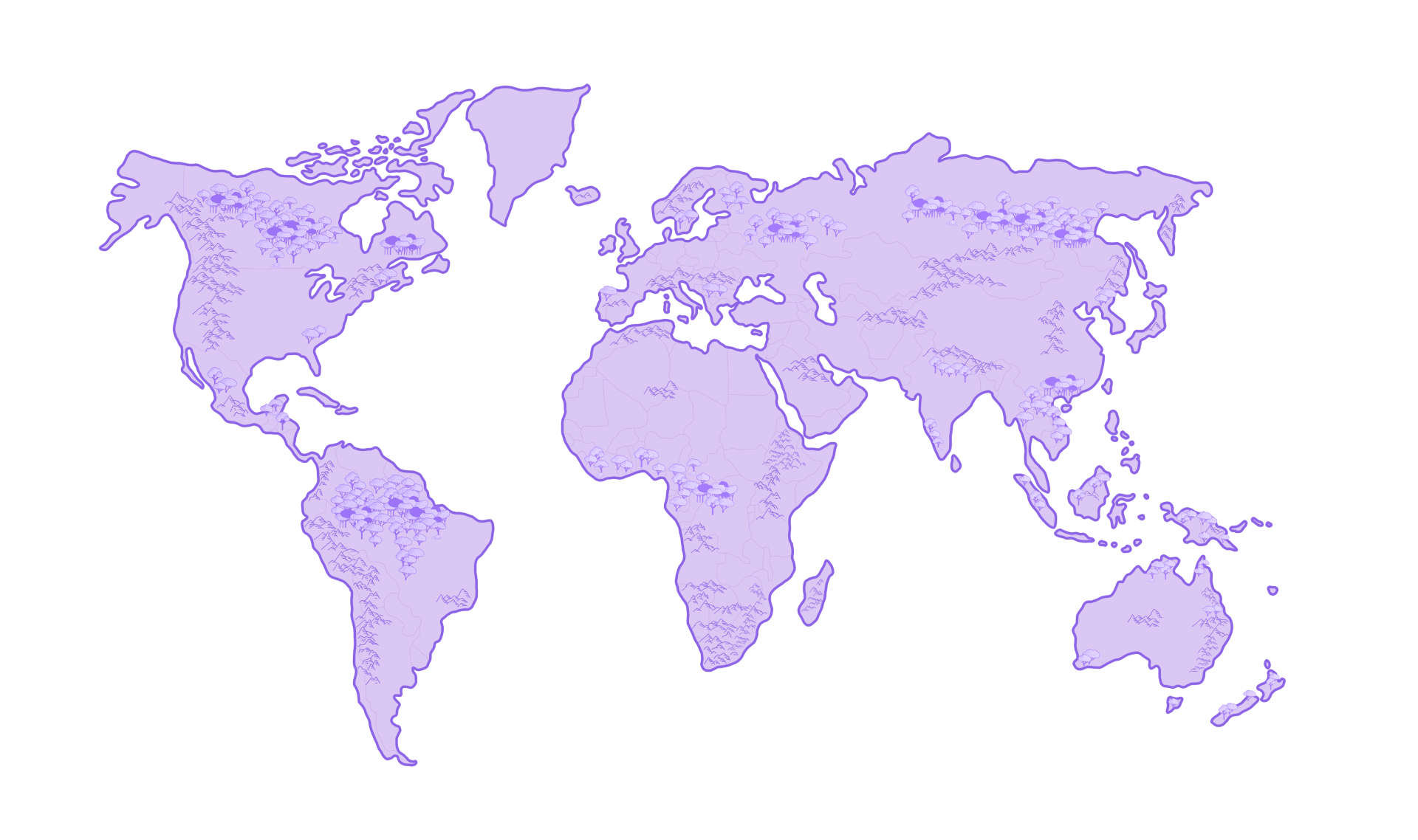
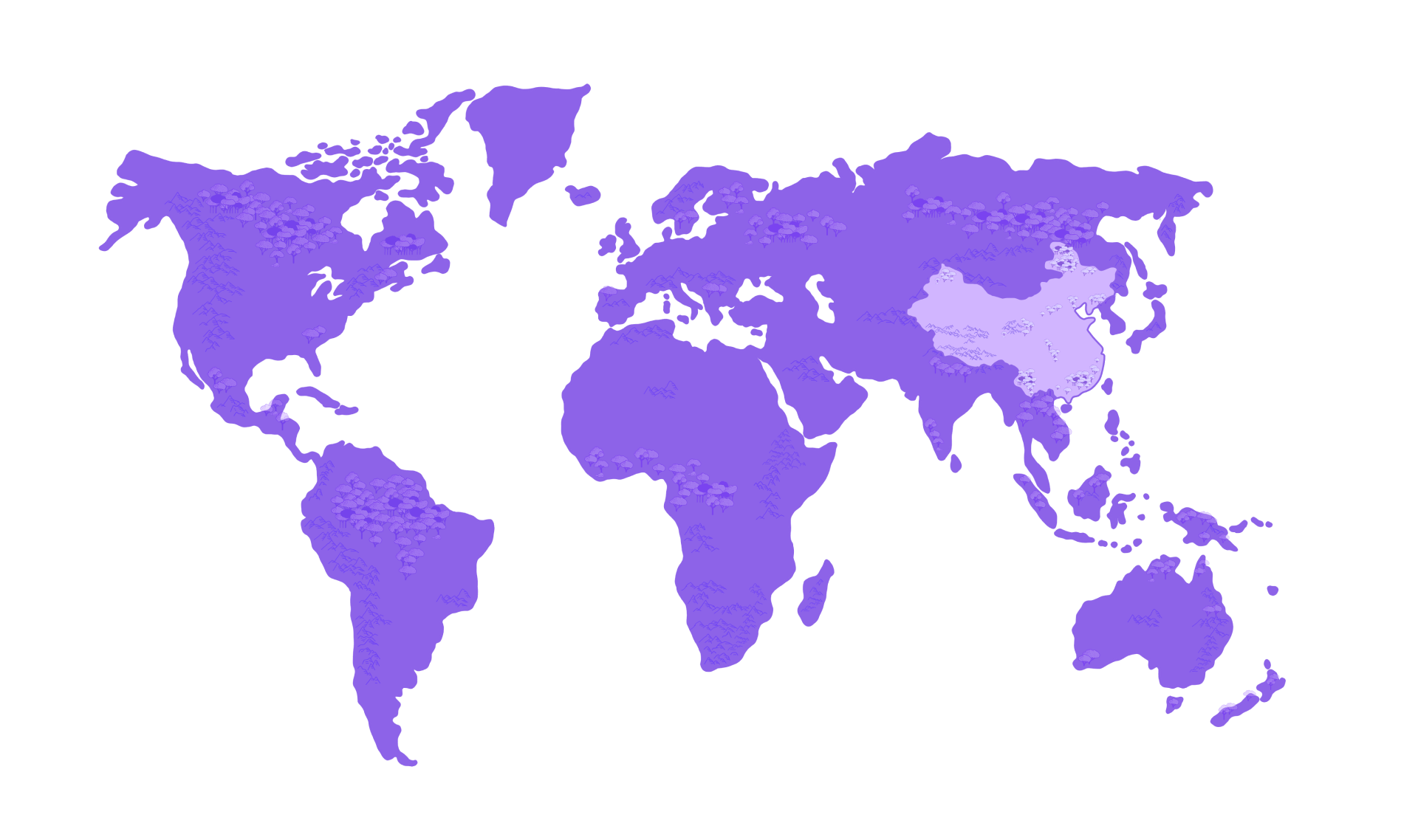


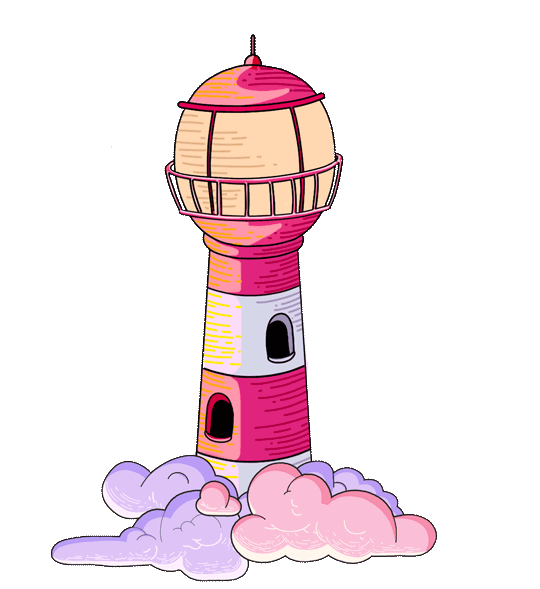

China
Kushanas were a nomadic tribe who came from ancient China, all the way to Central Asia and then India. The ruled over a vast land — modern-day Afghanistan, Pakistan and northern India, up to the Ganga.
where it came from

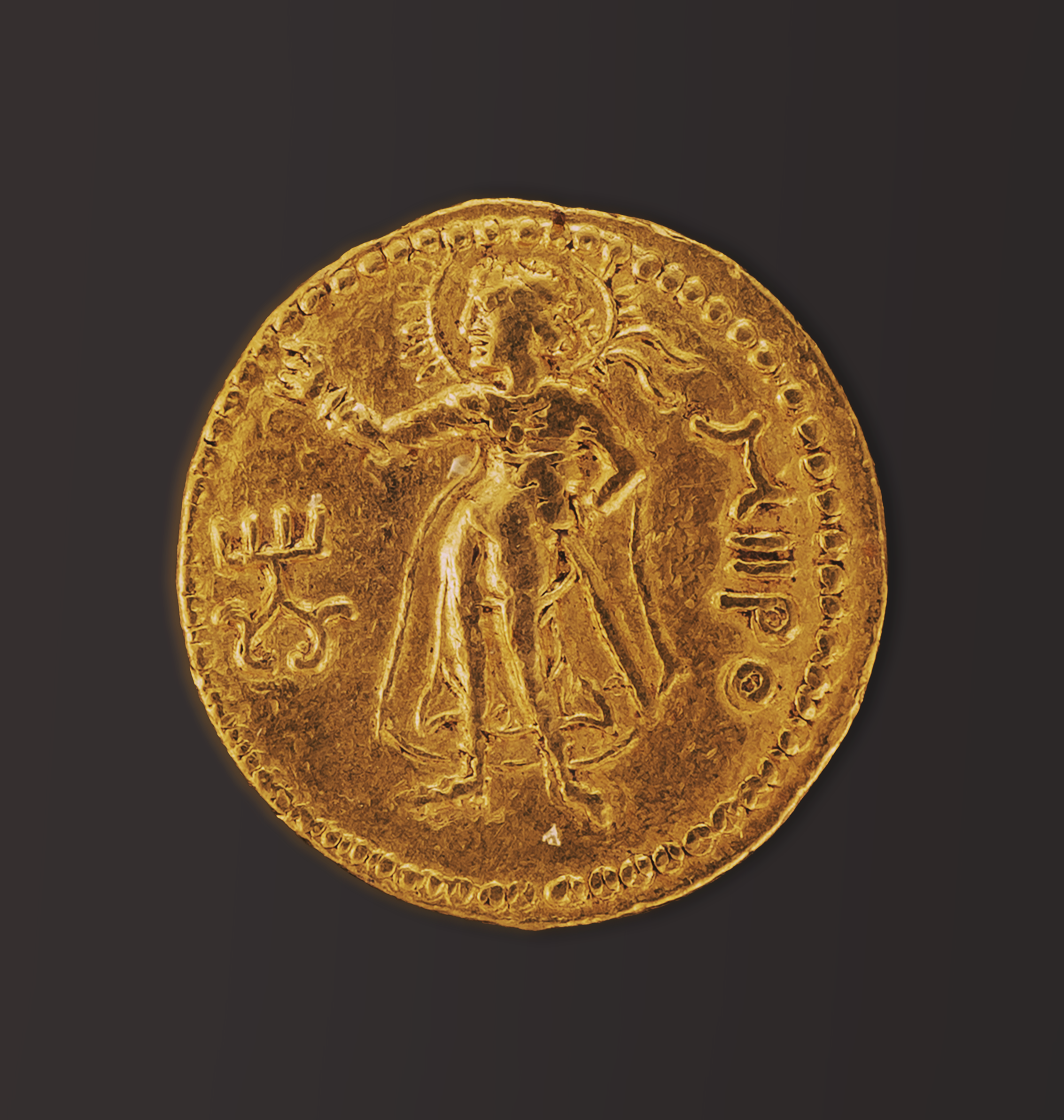
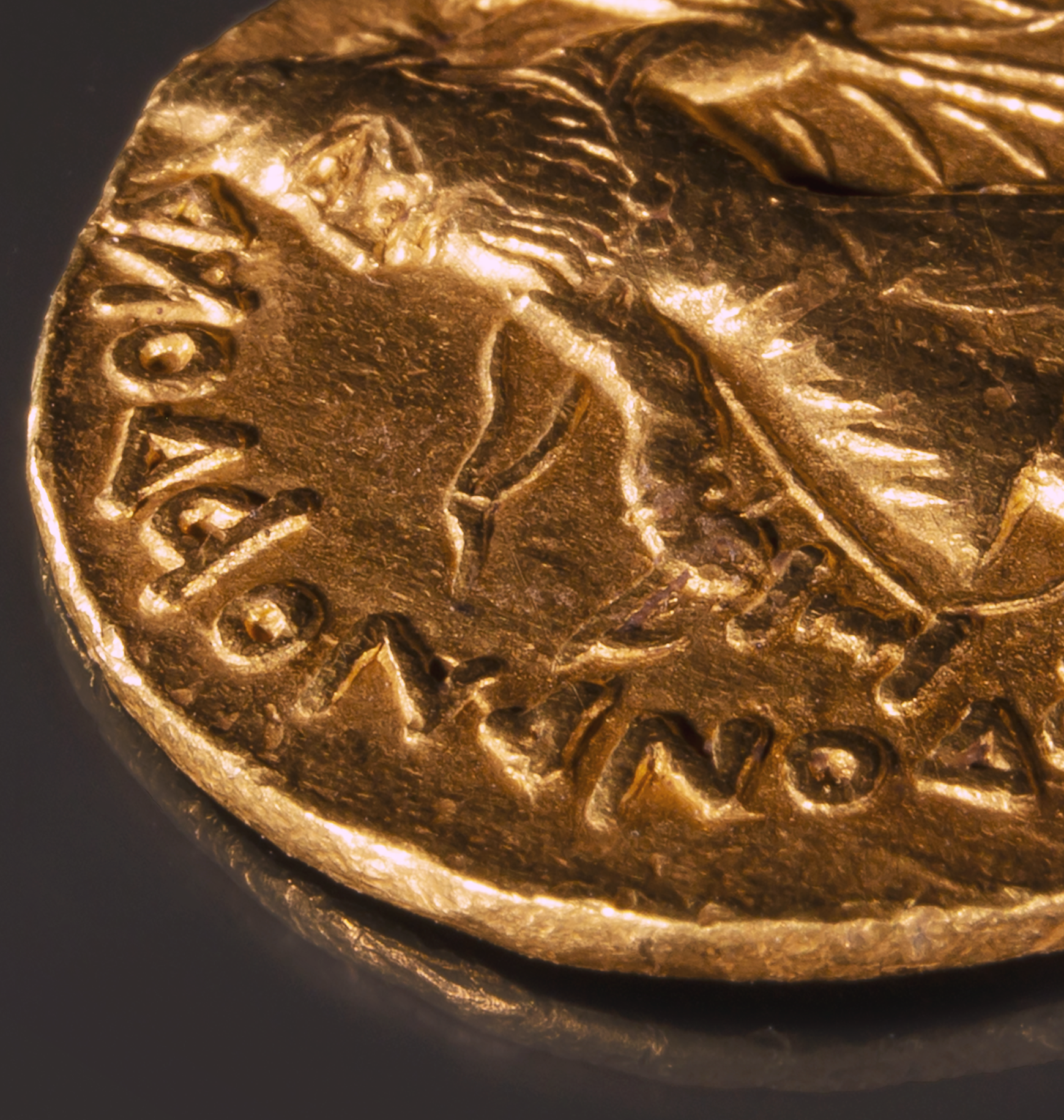
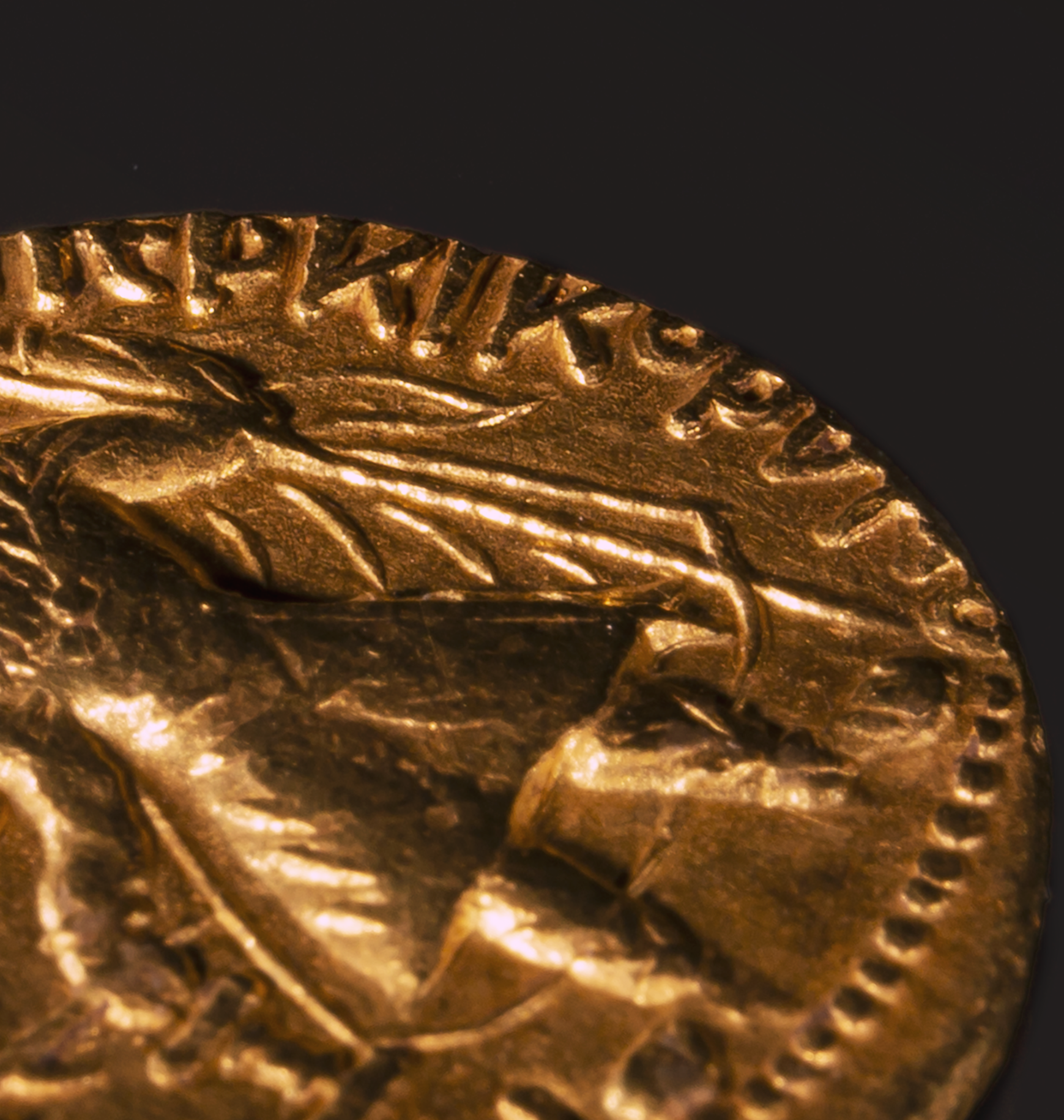
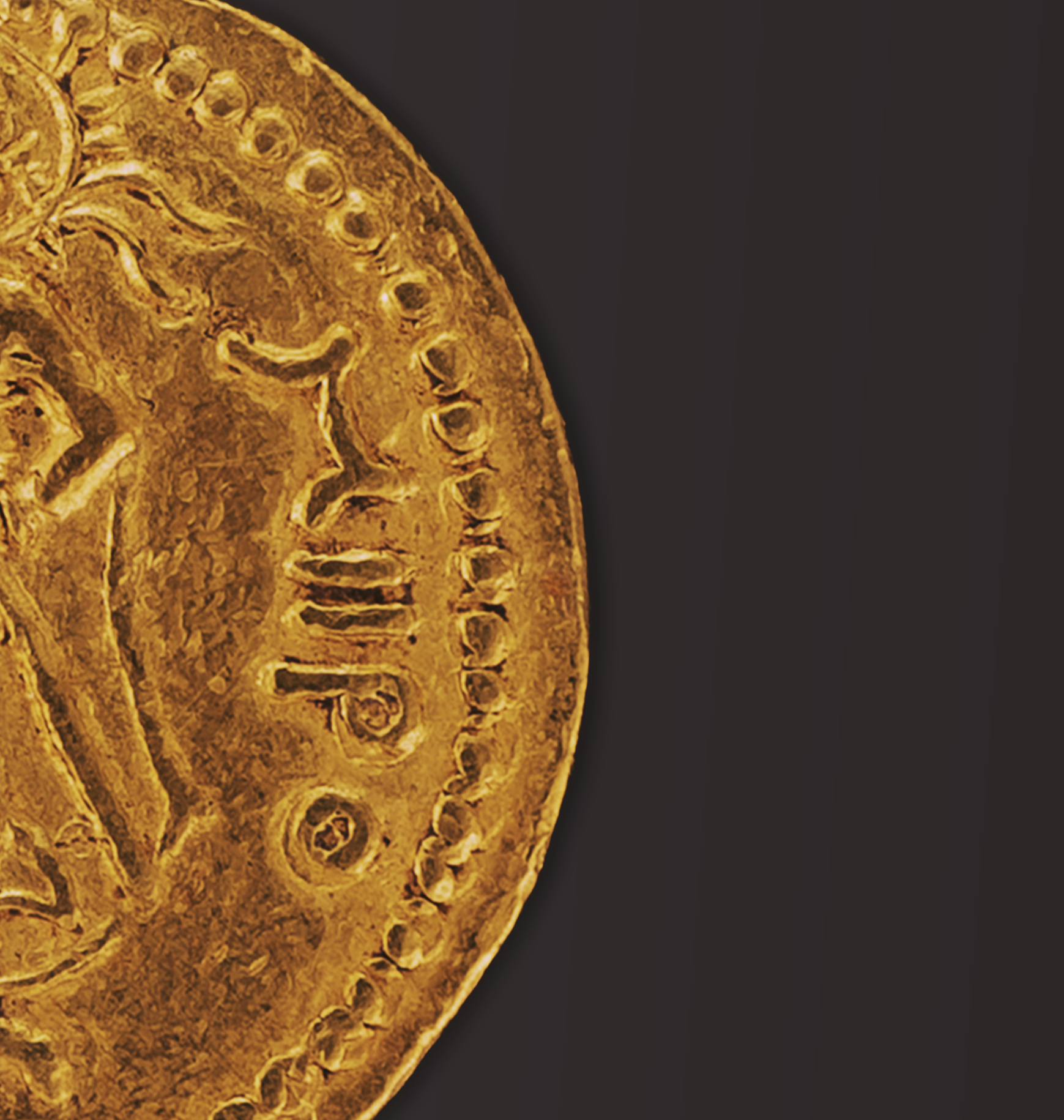
The Kushan
Empire
Over the years, as their empire grew, the Kushanas started controlling lands where people spoke different languages and had different gods. The kings then began adopting many various religions and cultures into their own, including Hinduism, Buddhism and Zoroastrianism (The religion of the Parsi people). Hence, this Indian coin of Kanishka in the Museum contains text in the Bactrian language written in the Greek script.

click here to know more
click and drag to Continue reading
Sink of
the worlds gold
The philosopher Pliny the Elder, in 77 CE, called India “the sink of the world's gold!” Gold came to India through trade routes, mostly to ports, and some was mined locally in India.
Plini The Elder, Roman
author and Naturalist
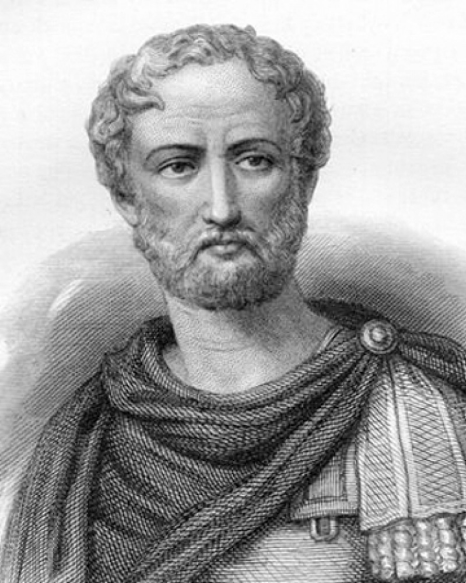
At the time, the Romans placed a high value on gold as a luxury item, not only as currency, but valuable also because of its malleability and ductility. The Romans were giving gold to South India in exchange for spices like pepper; muslin cloth; silk and other costly luxury items.
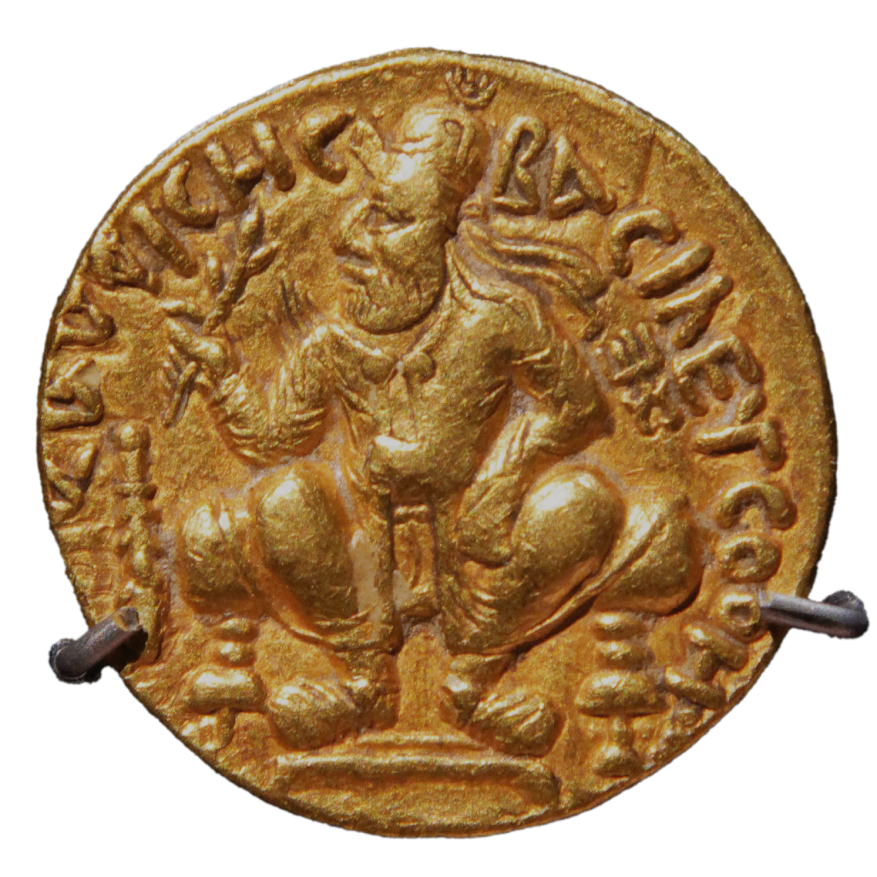
The Kushana king
Vima Kadaphises
The Kushana king Vima Kadaphises introduced gold coins to India, around 100 CE. Kanishka melted Roman gold coins and modelled his on them.
ACTIVITY
The king of the Kushan empire has appointed you as his coin designer. Design a few coins commemorating his 50th birthday celebrations.
Click here